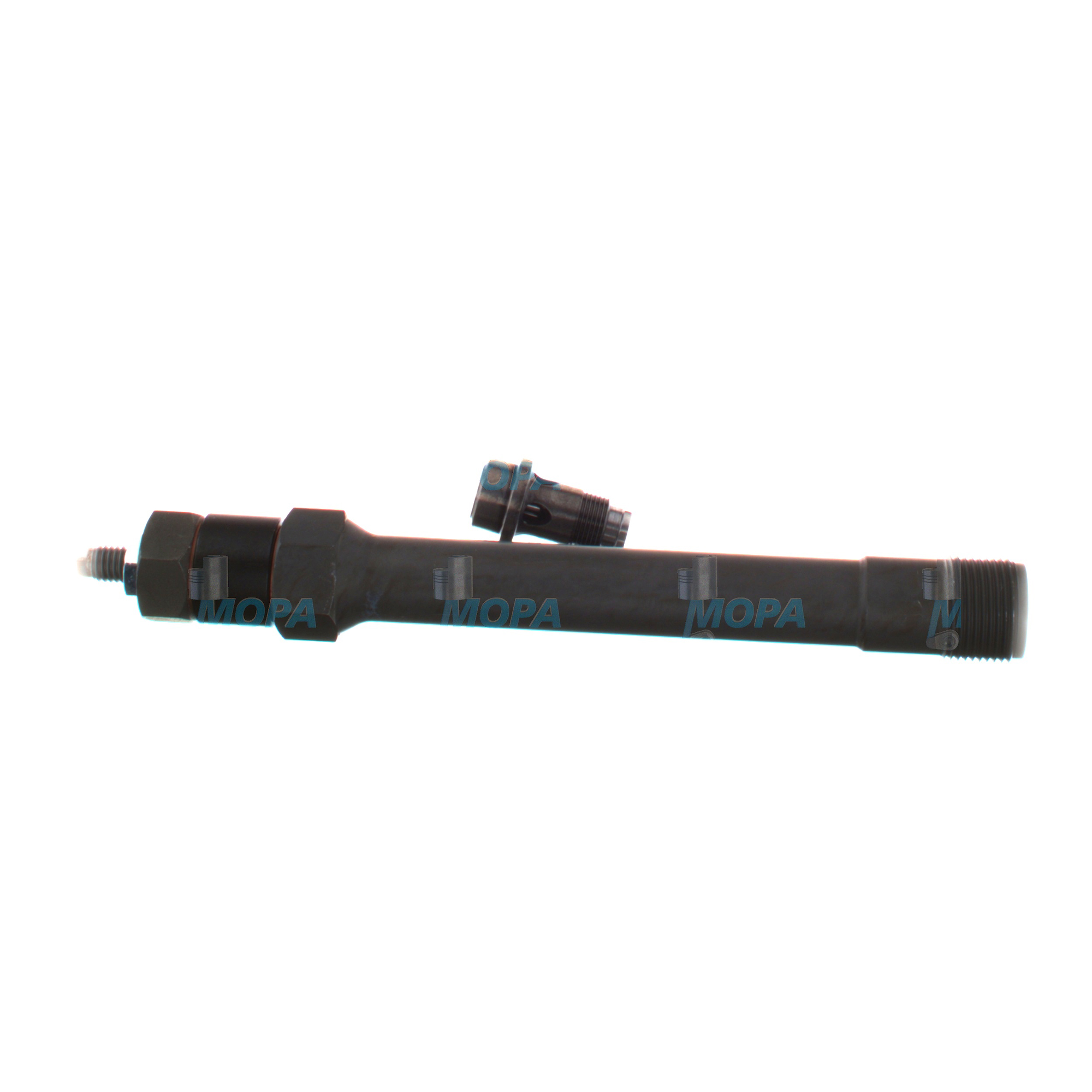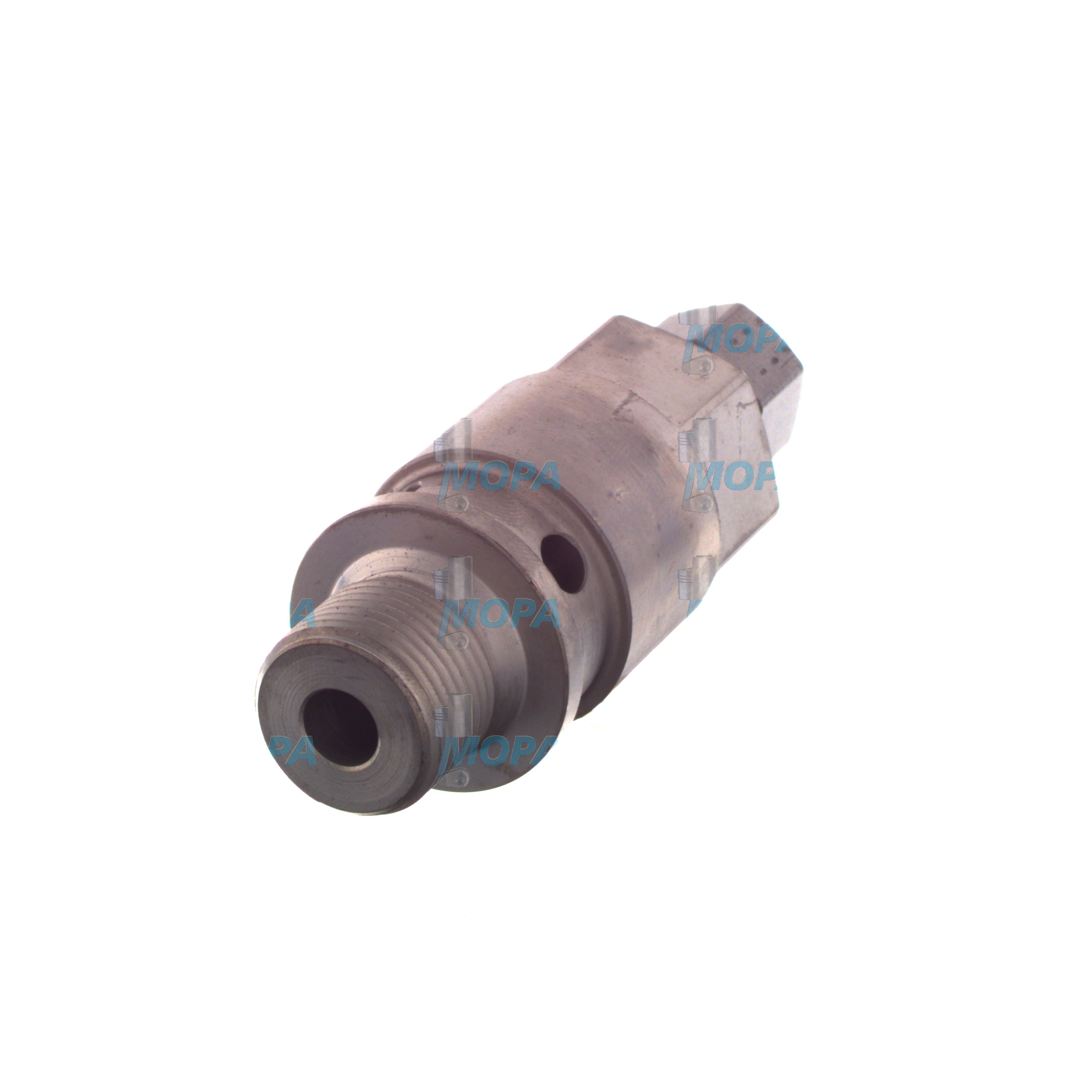DECOMPRESSION VALVE – Valves for Diesel and Gas Engines
Valves are precision-engineered components that control gas exchange, pressure, and safety functions in combustion engines. In marine propulsion, power generation, and heavy-duty industrial applications, valves manage the flow of air, fuel, exhaust gases, and cooling media with exact timing and sealing performance. As part of this broader family, the DECOMPRESSION VALVE plays a specialized role during start-up, maintenance, and emergency procedures, complementing intake, exhaust, relief, and control valves to safeguard the engine and support efficient operation.
Across two-stroke and four-stroke architectures, valves protect combustion integrity, maintain compression, and regulate thermal loads. Built from heat- and corrosion-resistant alloys and finished to tight tolerances, they must withstand extreme temperature cycles, high seat pressures, and abrasive contaminants. When specified and maintained correctly, valves contribute directly to cylinder efficiency, emissions management, and the reliability that shipowners and plant operators require.
Technical function of Valves and the DECOMPRESSION VALVE in diesel and marine engines
In an operating cycle, intake and exhaust valves orchestrate the fresh charge and the expulsion of combustion gases. Their lift profile, seat geometry, and timing influence volumetric efficiency, scavenging quality, and turbocharger response. Control and relief valves stabilize auxiliary circuits, while check valves prevent reverse flow that could compromise lubrication or fuel delivery. Within this system, the DECOMPRESSION VALVE provides a controlled pressure release path from the combustion chamber, typically used during engine start or manual turning.
On a large-bore diesel engine, a DECOMPRESSION VALVE can be actuated to lower peak cylinder pressure, allowing the crankshaft to reach cranking speed with reduced load on the starting motor or air-start system. In a marine engine, it also enables safe slow turning for inspection, purging of unburnt fuel, and avoidance of hydraulic lock after maintenance. For gas engines, decompression helps stabilize conditions before ignition is enabled. Specifying the correct DECOMPRESSION VALVE OEM parts ensures sealing integrity under operating loads and precise relief when commanded, protecting pistons, rings, seats, and the cylinder head from undue stress.
The component typically consists of a hardened valve head, stem, guide, spring, and an actuation interface (manual lever, cam follower, or pneumatic/solenoid actuator). Materials and coatings—such as nitriding, stellite-faced seats, and chrome-plated stems—resist wear, corrosion, and sticking. Precise concentricity and surface finish secure rapid seating, preventing blow-by after decompression mode is disengaged. Integrated passages and seat angles are engineered to provide predictable flow during pressure release without eroding the seat or inducing hotspots.
- · High-temperature alloys for long service life.
- · Tight seat geometry for reliable sealing.
- · Wear-resistant stem coatings to reduce scuffing.
- · Stable spring forces for repeatable actuation.
- · Optimized flow paths for controlled pressure release.
- · Corrosion protection suited to marine environments.
- · Dimensional accuracy for drop-in fit to cylinder heads.
Importance of Valves for engine operation and service life
Valves directly influence power, fuel consumption, and emissions. Leakage at intake or exhaust seats reduces compression, causing hard starts, misfires, and elevated specific fuel oil consumption. Poor heat transfer at a damaged seat can burn a valve, risking particle shedding into the cylinder and subsequent liner or piston crown damage. For the DECOMPRESSION VALVE, sluggish or incomplete seating after use allows blow-by, pressure loss, and contamination of intake/exhaust paths.
In continuous-duty diesel and gas engines, decompression is critical to safe turn-over before start, especially after cylinder head work or prolonged downtime. If the DECOMPRESSION VALVE sticks or vents unpredictably, operators can face delayed start sequences, starting system overloads, or, in worst cases, mechanical overloads due to liquid ingress (hydraulic lock). Over time, incorrect materials or worn components can lead to seat recession, guide wear, and erratic actuation, shortening overhaul intervals and increasing unplanned downtime.
Advantages of OEM spare parts suitable for Valves and the DECOMPRESSION VALVE
Using OEM spare parts suitable for your valves—particularly the DECOMPRESSION VALVE—secures the exact metallurgy, heat treatment, and dimensional tolerances specified for your engine type. This alignment ensures consistent sealing forces, correct lift and response characteristics, and compatibility with the cylinder head, rocker gear, or actuation system. For purchasers and superintendents, that translates into predictable performance and fewer adjustments after installation.
From a budget perspective, compliant materials and accurate seat profiles reduce wear rates on mating components, extending time between overhauls and avoiding collateral damage to costly parts like seats, guides, and actuators. In terms of reliability and service life, traceable OEM spare parts preserve the engine’s designed safety margins: the DECOMPRESSION VALVE opens when needed and reseats fully under operating pressure, sustaining compression and preventing power losses.
Practical advantages include streamlined installation due to correct fits, faster commissioning, and stable operation across varying loads typical of marine and power generation duty cycles. For fleet operators, standardizing on OEM spare parts consolidates procurement and simplifies quality control, supporting long-term lifecycle cost reduction without compromising performance.
MOPA – your partner for OEM spare parts Valves and DECOMPRESSION VALVE
MOPA supplies OEM spare parts for valves, including the DECOMPRESSION VALVE, to operators of diesel and gas engines worldwide. We emphasize short lead times, consistent quality, and transactional security—critical factors for vessels and plants with tight maintenance windows. Our team cross-references part numbers, supports technical clarification, and sources documented components with robust traceability.
Fast delivery, quality, and security for marine engine and power applications
From urgent AOG-style shipments to scheduled dry-dock packages, MOPA aligns logistics to your project timeline. We provide competitive pricing, clear documentation, and careful packing to protect precision surfaces such as stems and seats. Whether you need a single DECOMPRESSION VALVE for a diesel engine overhaul or a complete set of valves for a multi-cylinder marine engine, MOPA streamlines the process so your equipment returns to service faster and with confidence.
Conclusion: Valves and the DECOMPRESSION VALVE in focus
Valves are fundamental to combustion efficiency and operational safety, and the DECOMPRESSION VALVE is essential for controlled start-up, safe turning, and protection against mechanical overloads. Selecting OEM spare parts suitable for valves—and especially for the DECOMPRESSION VALVE—supports performance, reliability, budget control, and long service life across diesel and gas engine fleets.



